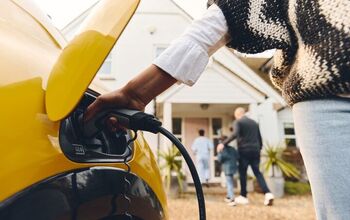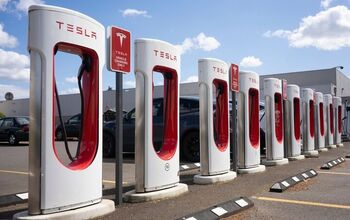Hot Under the Hood? What to Do When Your Car Overheats
Temperatures are soaring, and all you can think about is getting somewhere air conditioned. If you’re steaming, just imagine how hot it must get under the hood of your car. On those days when the weather is just too hot to handle, it pays to keep an eye on the signs that tell you that your car is going to overheat.
Although an engine can overheat at anytime, blazing temps and traffic to the cottage tend to bring out the worst in your car. Be sure to watch that the dashboard’s temperature gauge isn’t making its way into the red zone, or in a worst case scenario, that steam isn’t escaping from under the hood. There are many reasons why an engine overheats: a loss of coolant due to a leaking hose or radiator; a worn or broken fan belt, a bad water pump or thermostat, or an electrical problem.
Here’s what to do if your car overheats (and to ensure that you don’t).
- Crank your heater to 10, as it can drain some heat from the engine. You can even use this trick when the temperature gauge is running high but not in the red zone.
- Drive to a safe location and turn off the engine.
- To help the engine cool faster, lift the hood. Don’t do it if steam is coming out and don’t remove a hot radiator cap. Hot, pressurized coolant and steam could erupt from the radiator, burning you. Also, you should never add cold water to an overheated engine as the sudden temperature change can damage your engine.
- Let the engine cool down, which takes about half an hour to an hour. This is a good time to call for roadside assistance.
- Check the coolant tank (it’s the translucent plastic tank located under the hood, near the radiator). It may be a leak if it’s empty. If you have coolant, add it to the coolant tank or the radiator, but only after it has cooled down. If you are all out of coolant, just pour it into the coolant tank so you can get to a repair shop. If there’s lots of coolant in the tank, the overheating may be caused by an electrical or mechanical problem.
[Source: Consumer Reports]
More by Amy Tokic
































Comments
Join the conversation